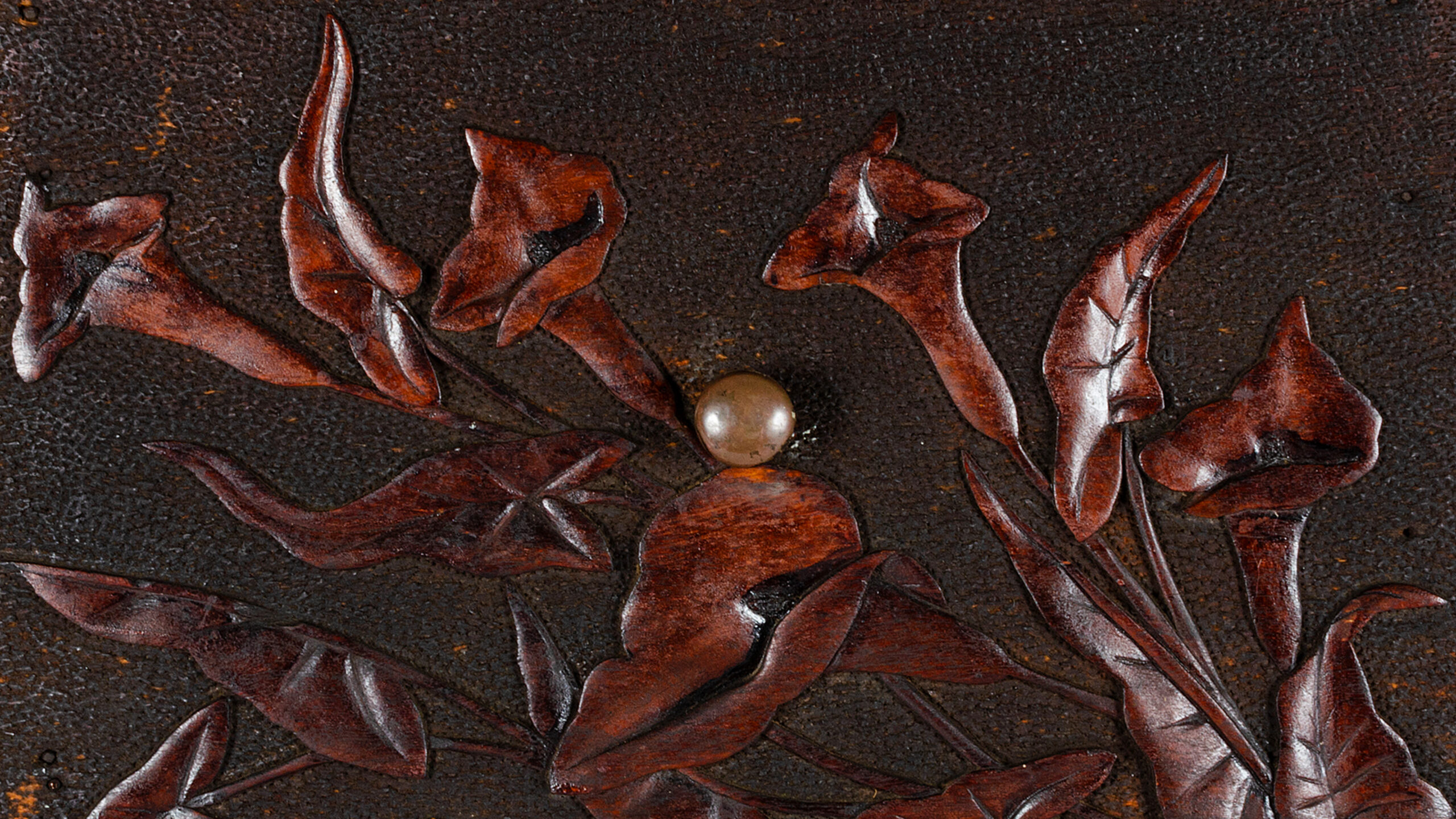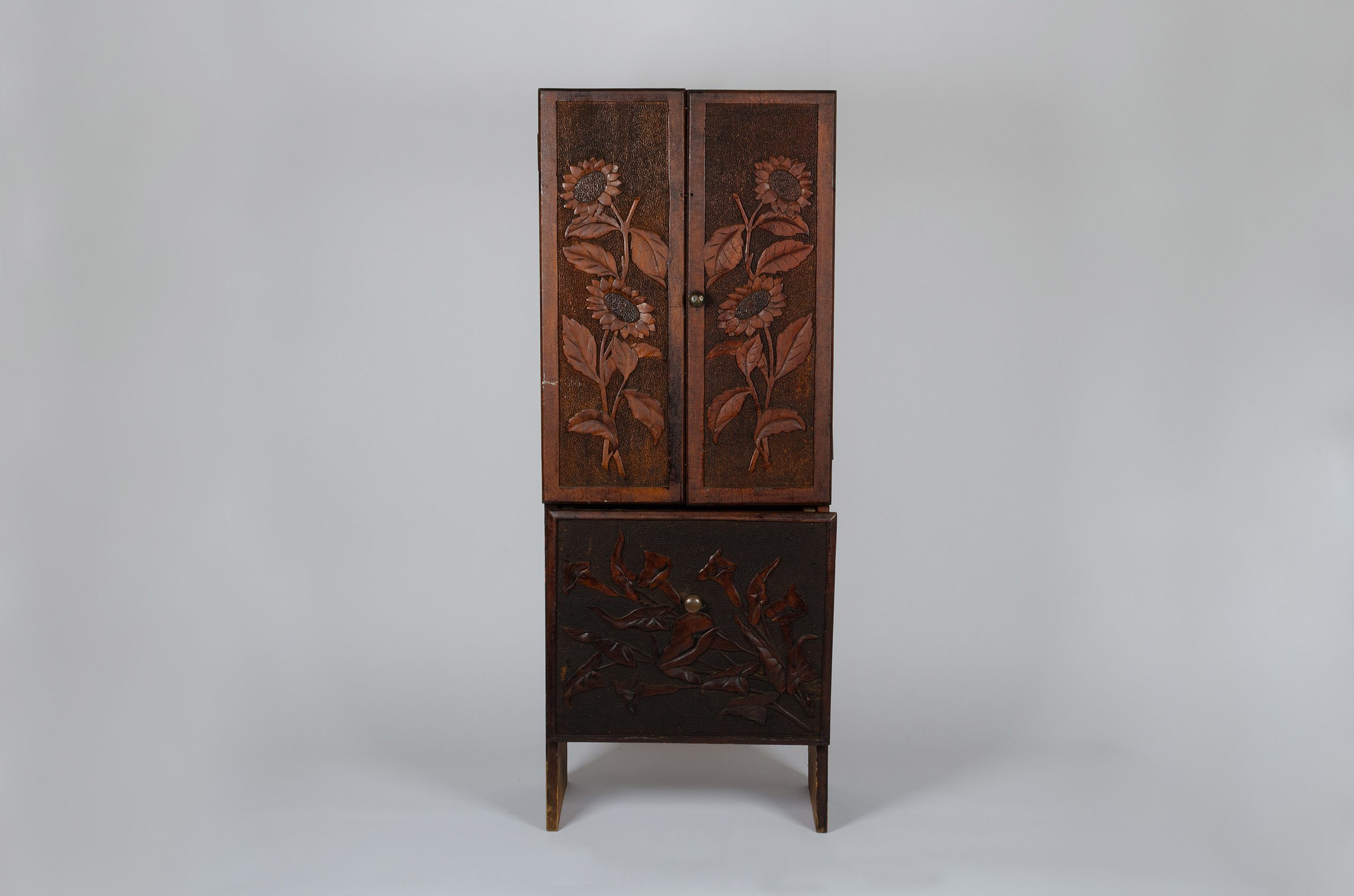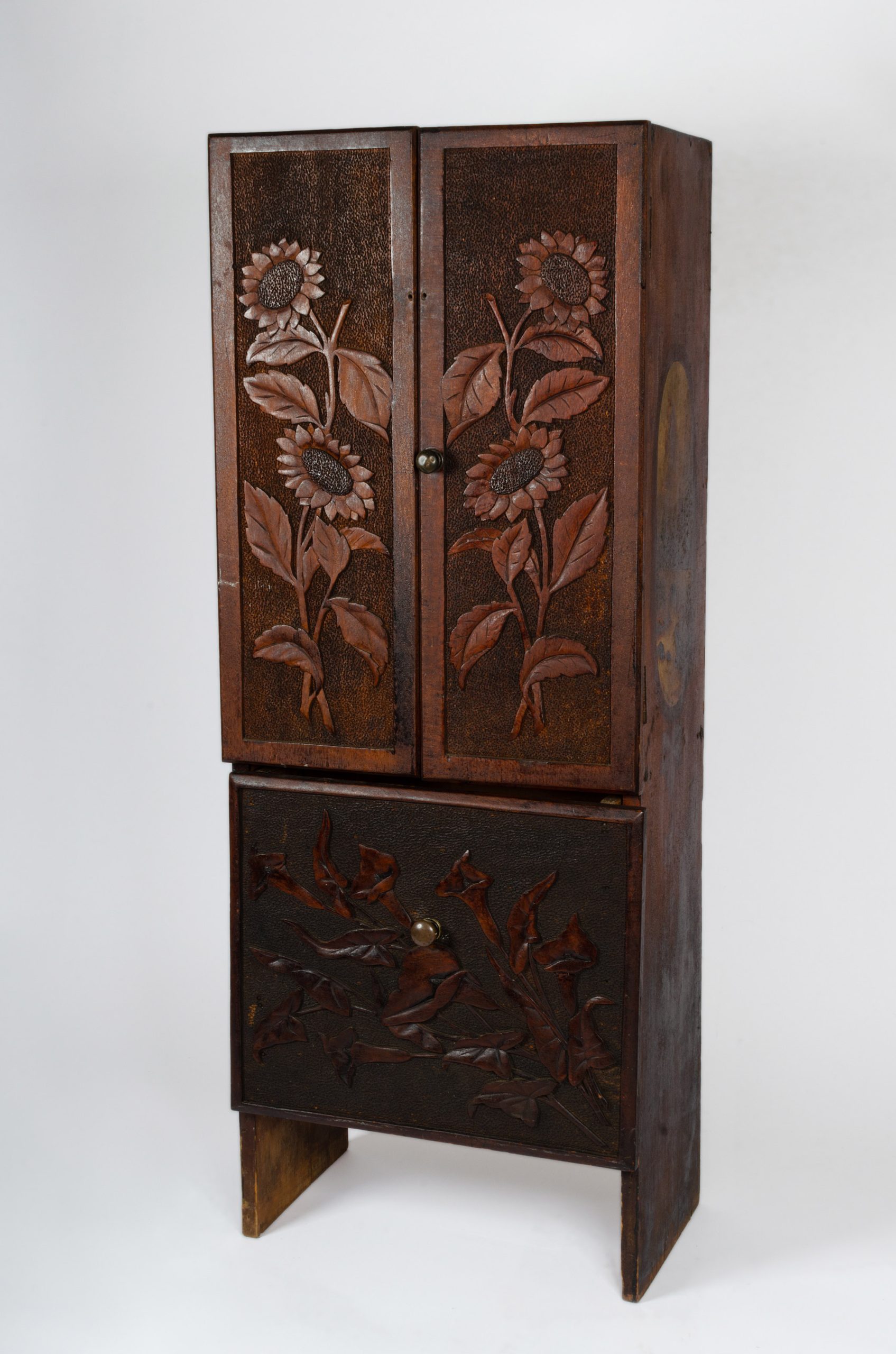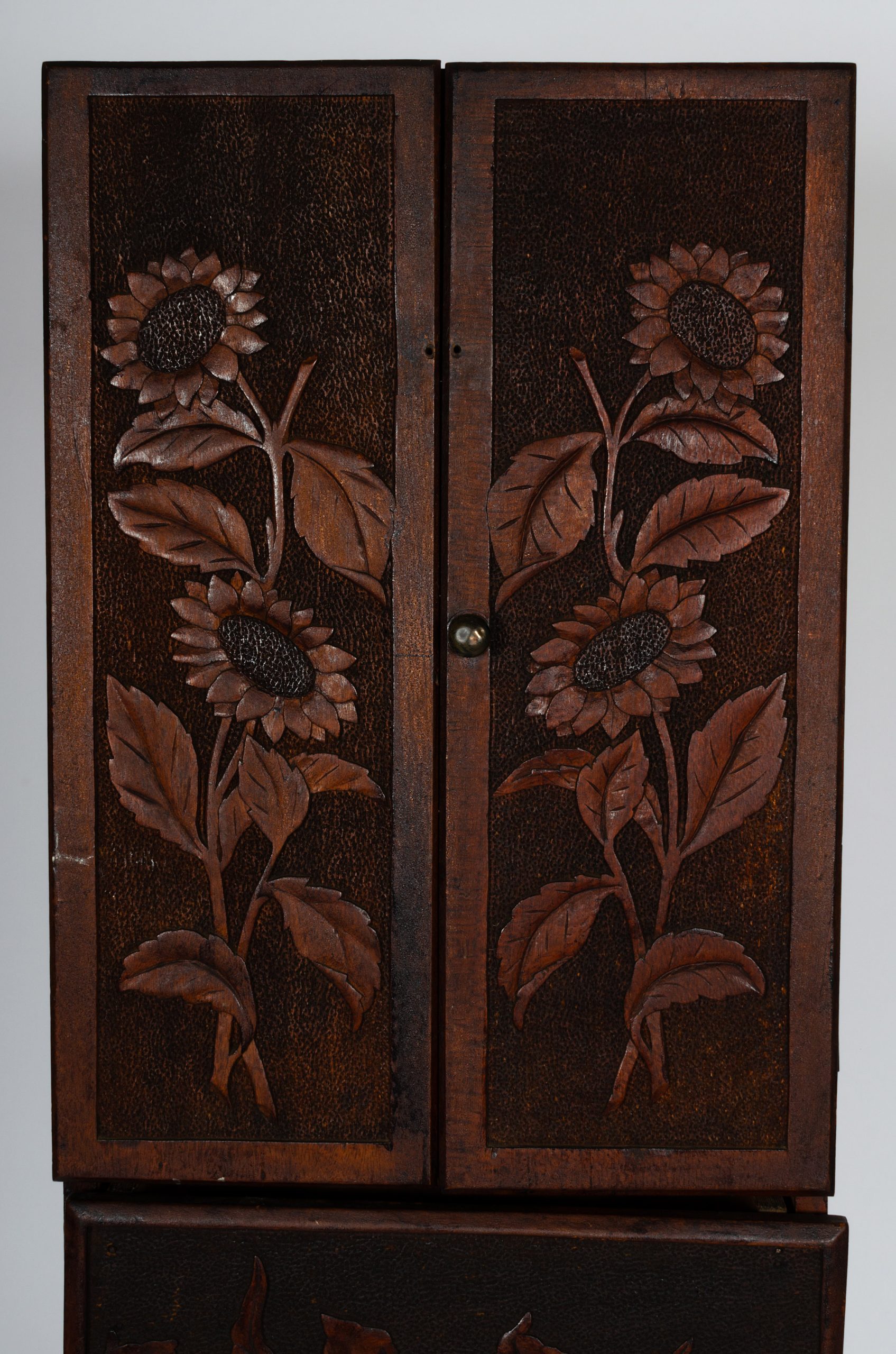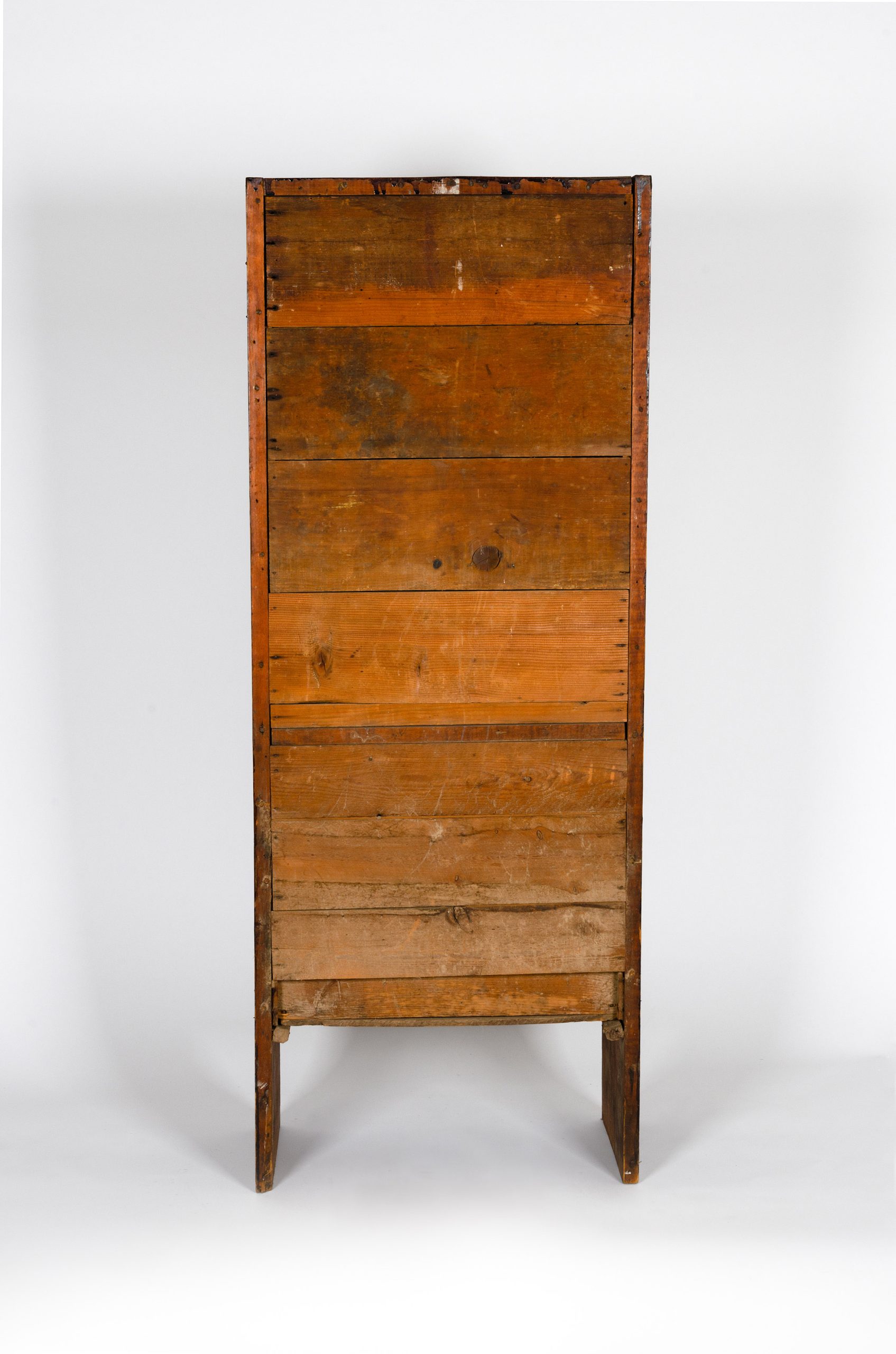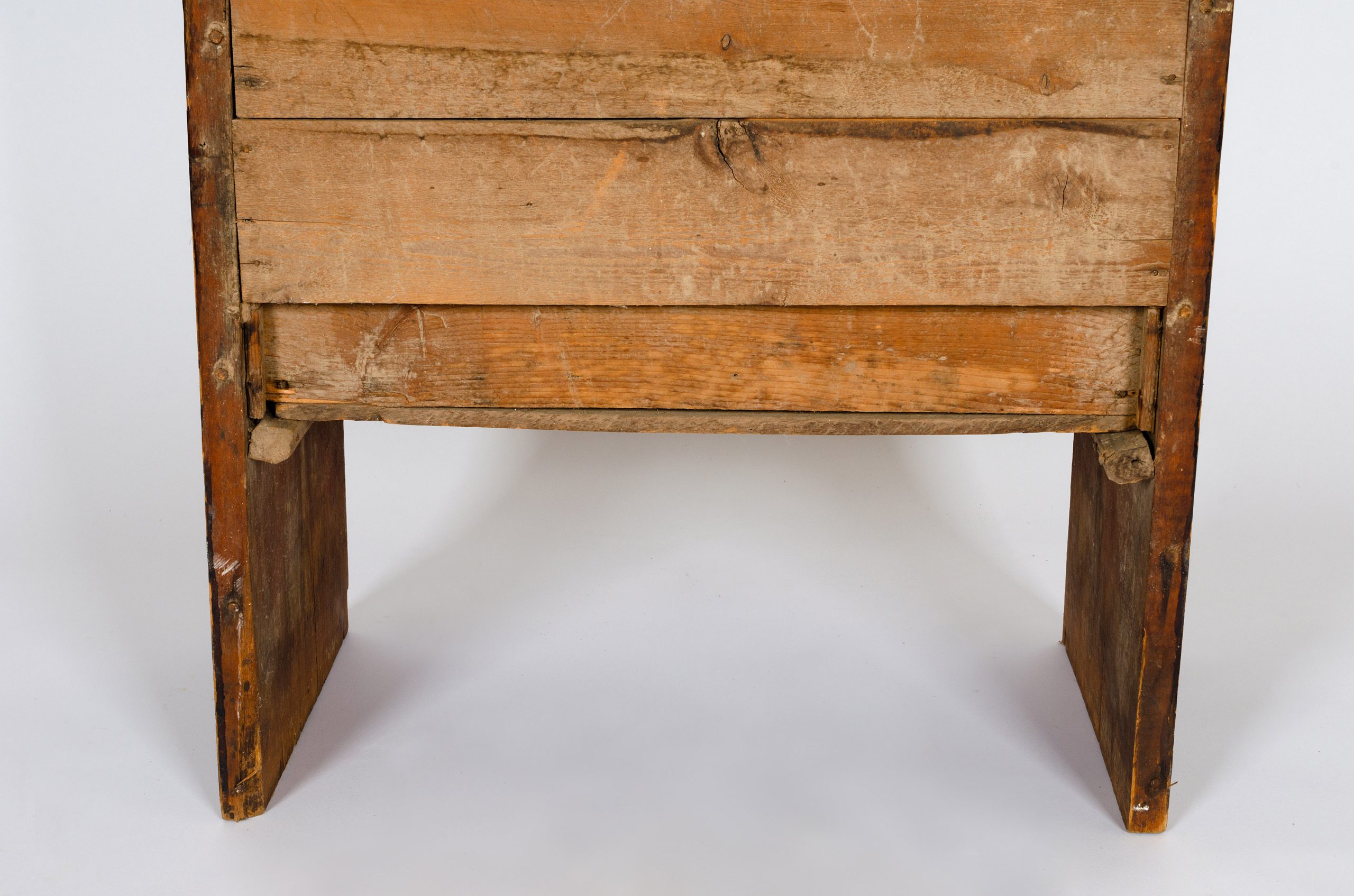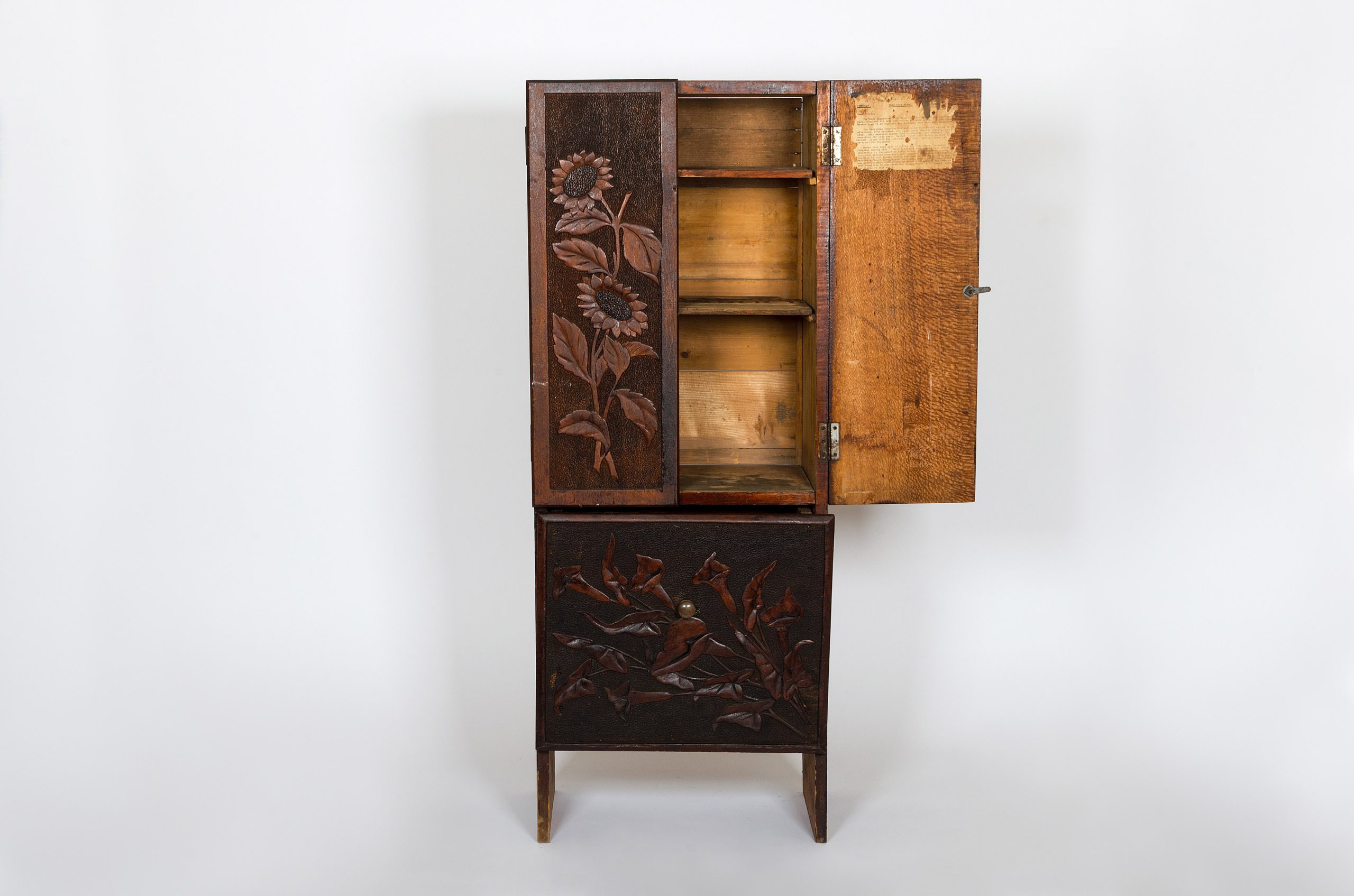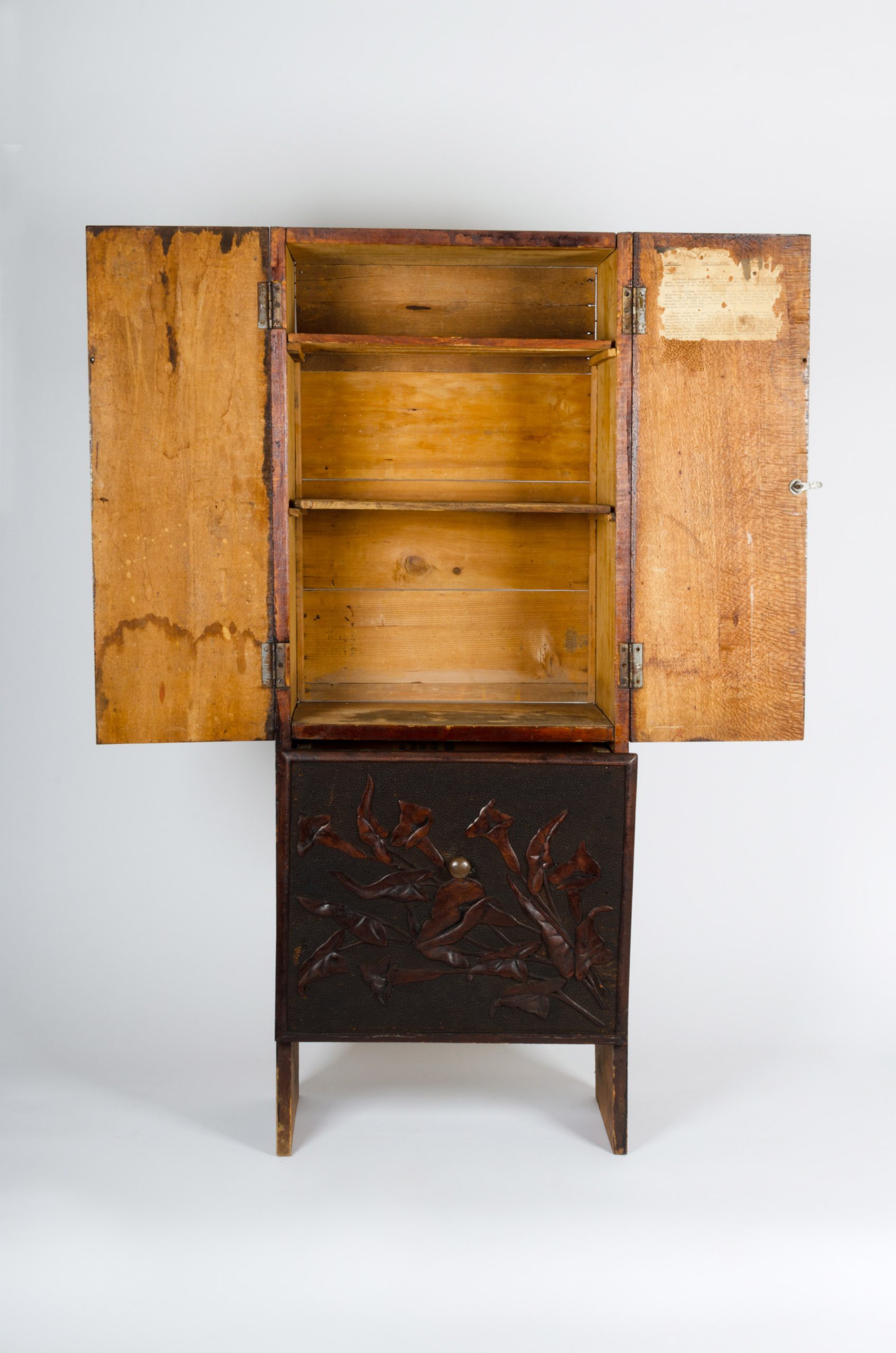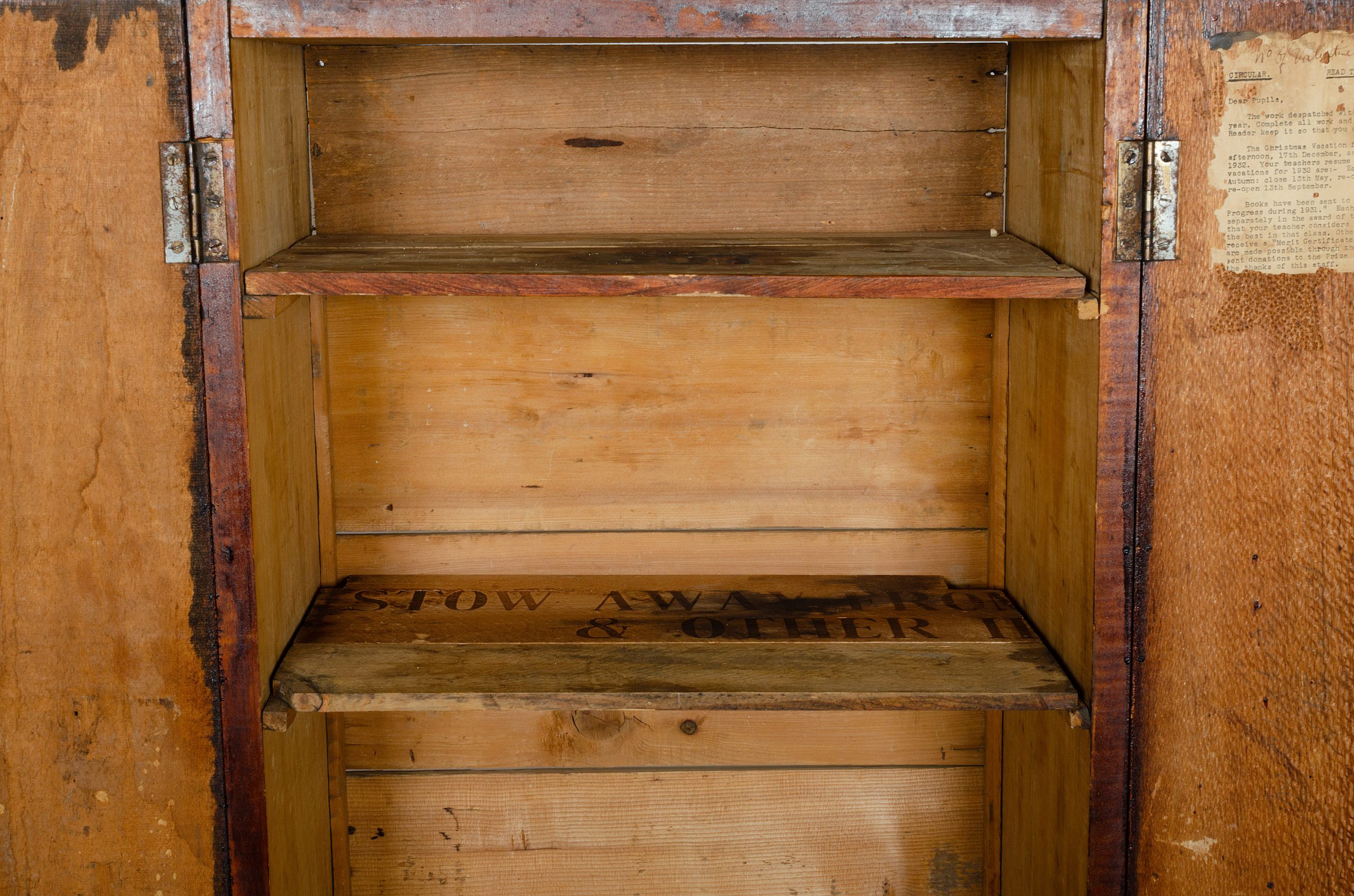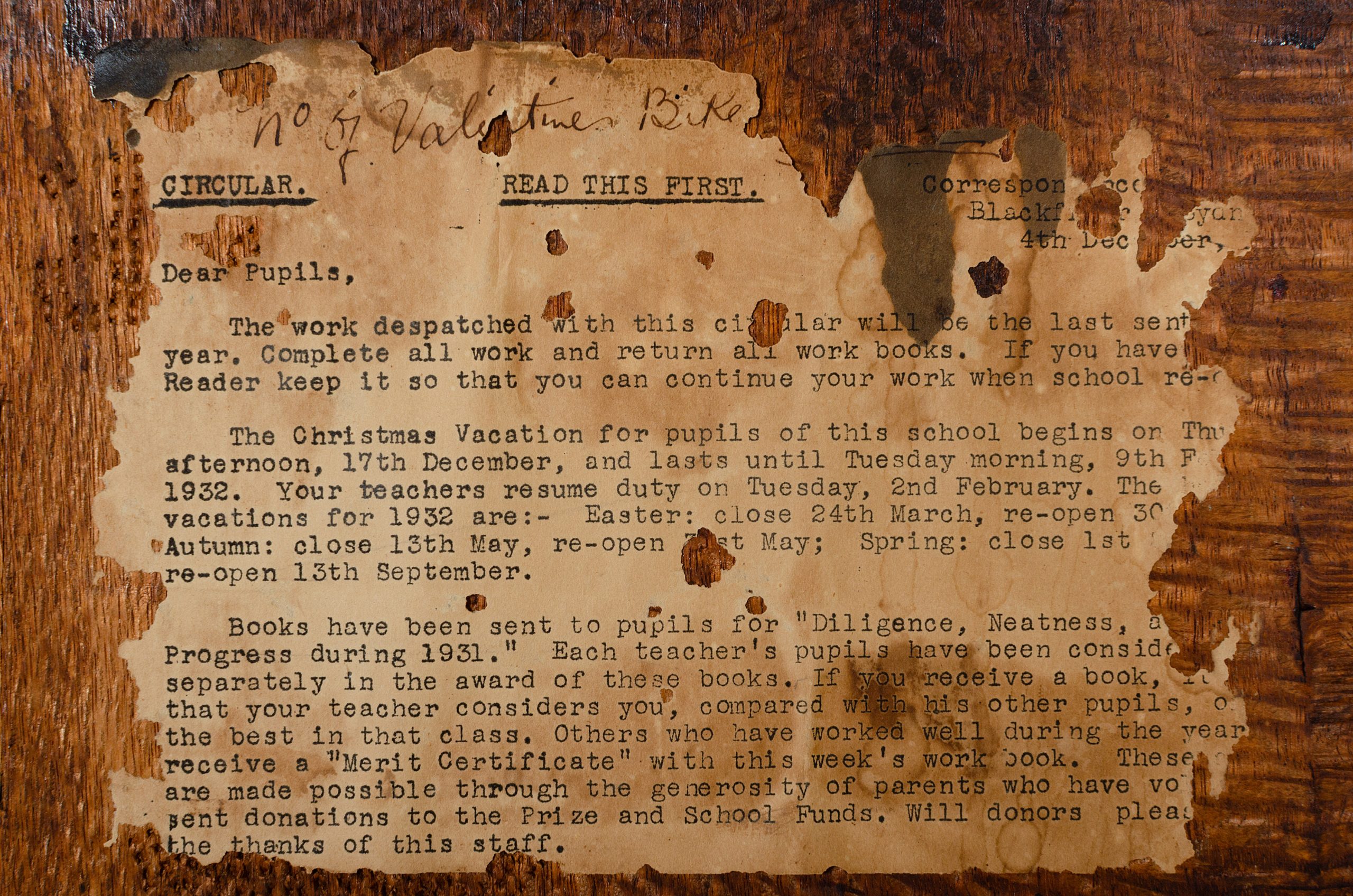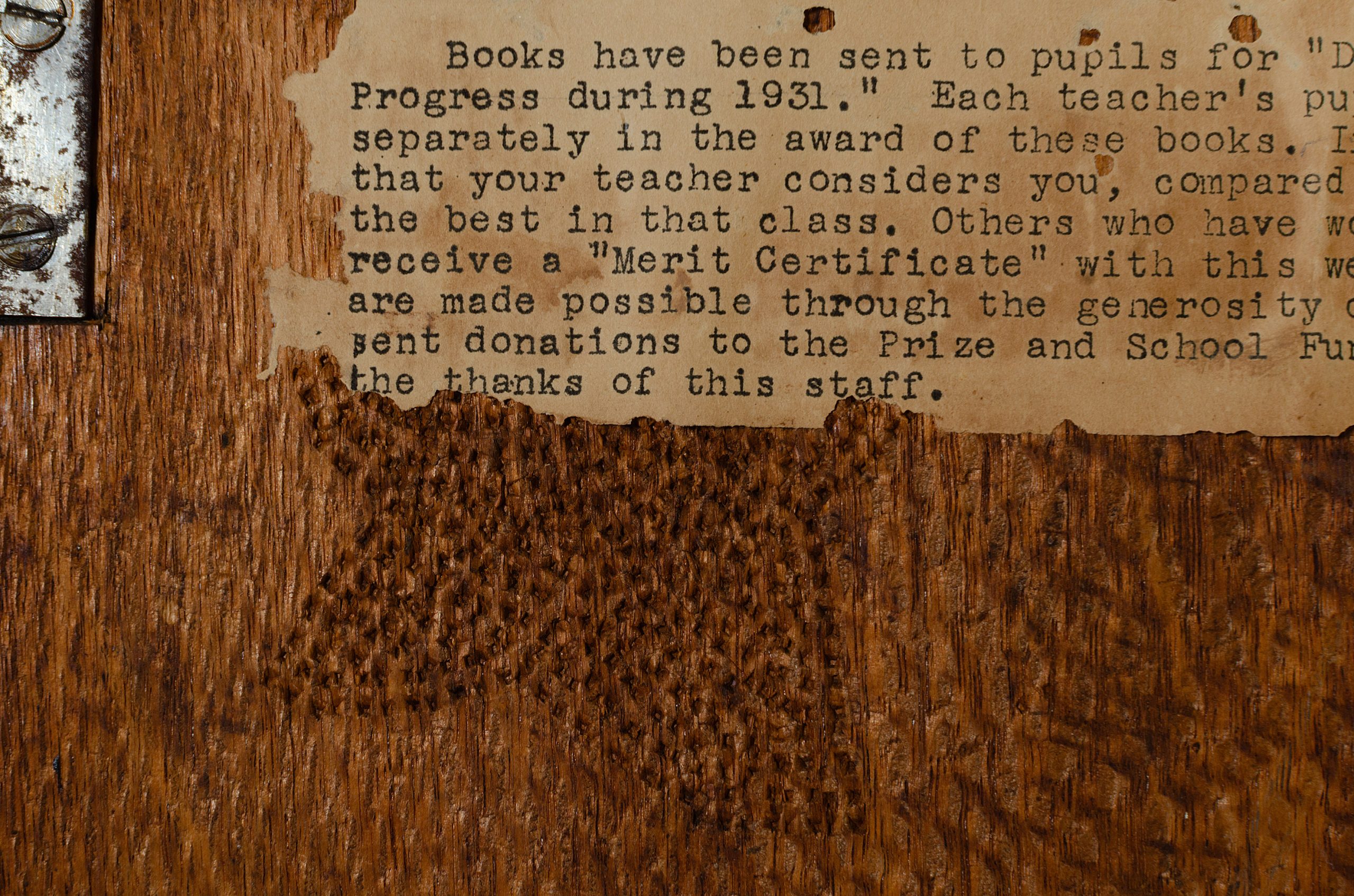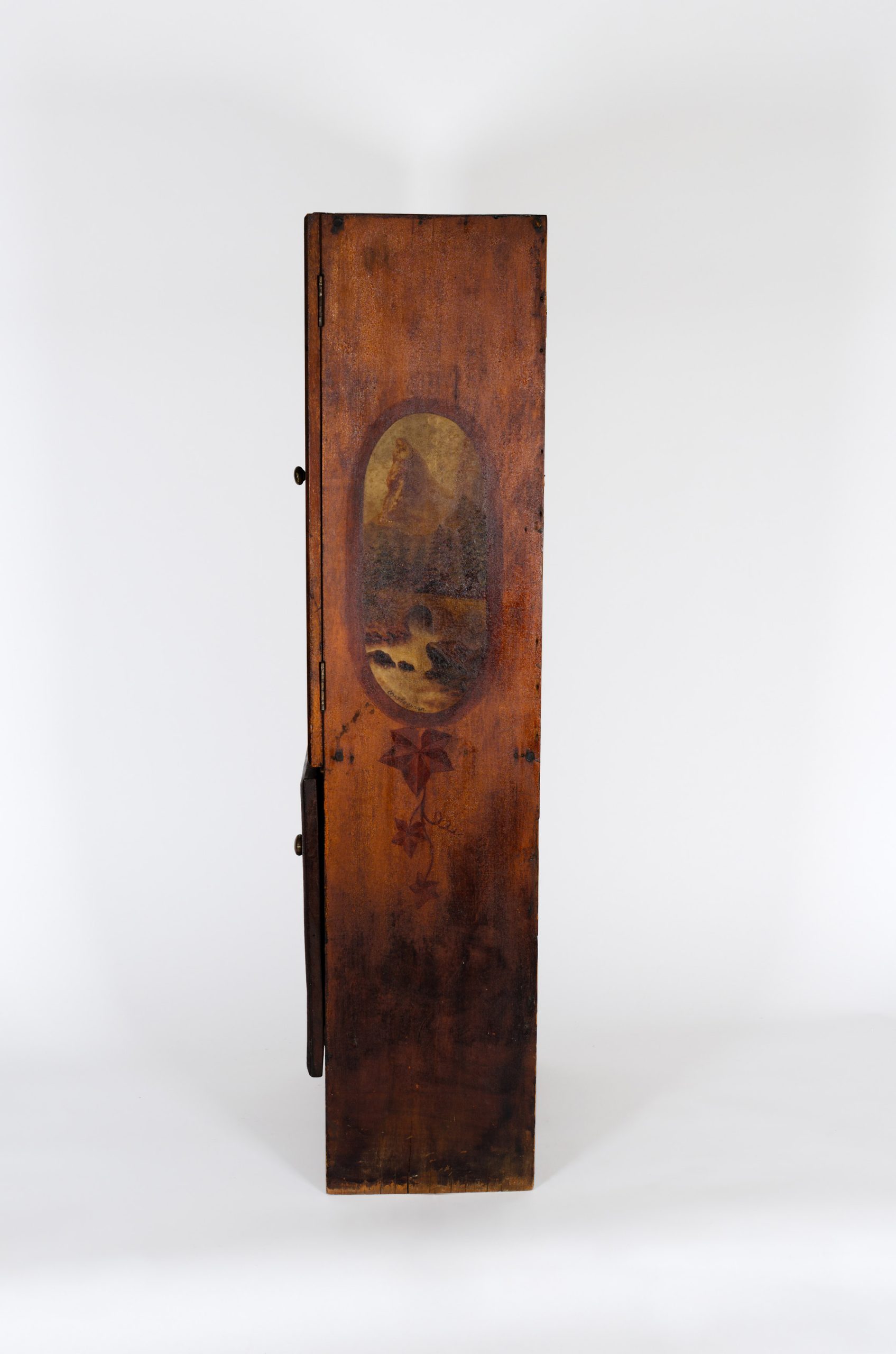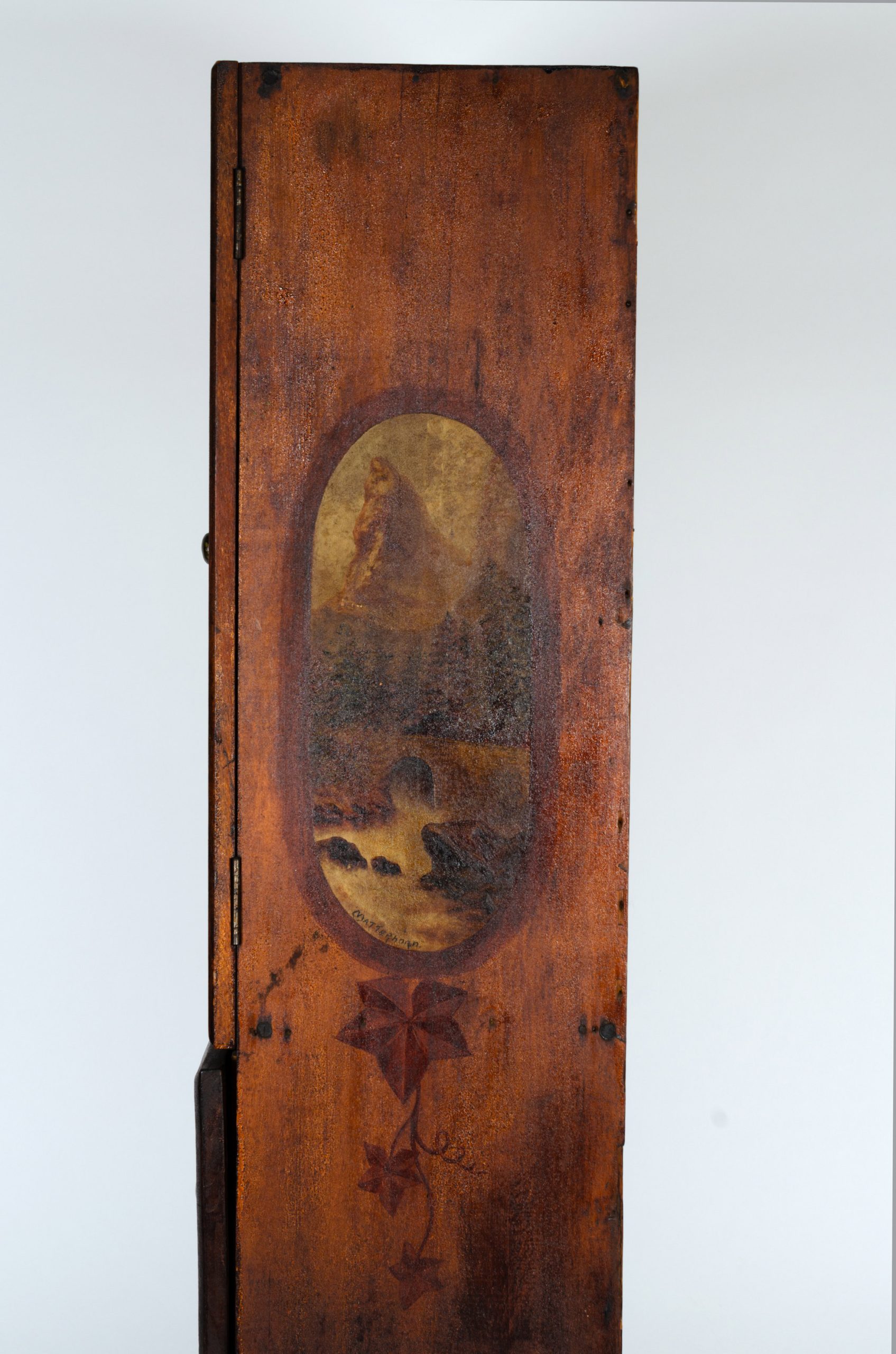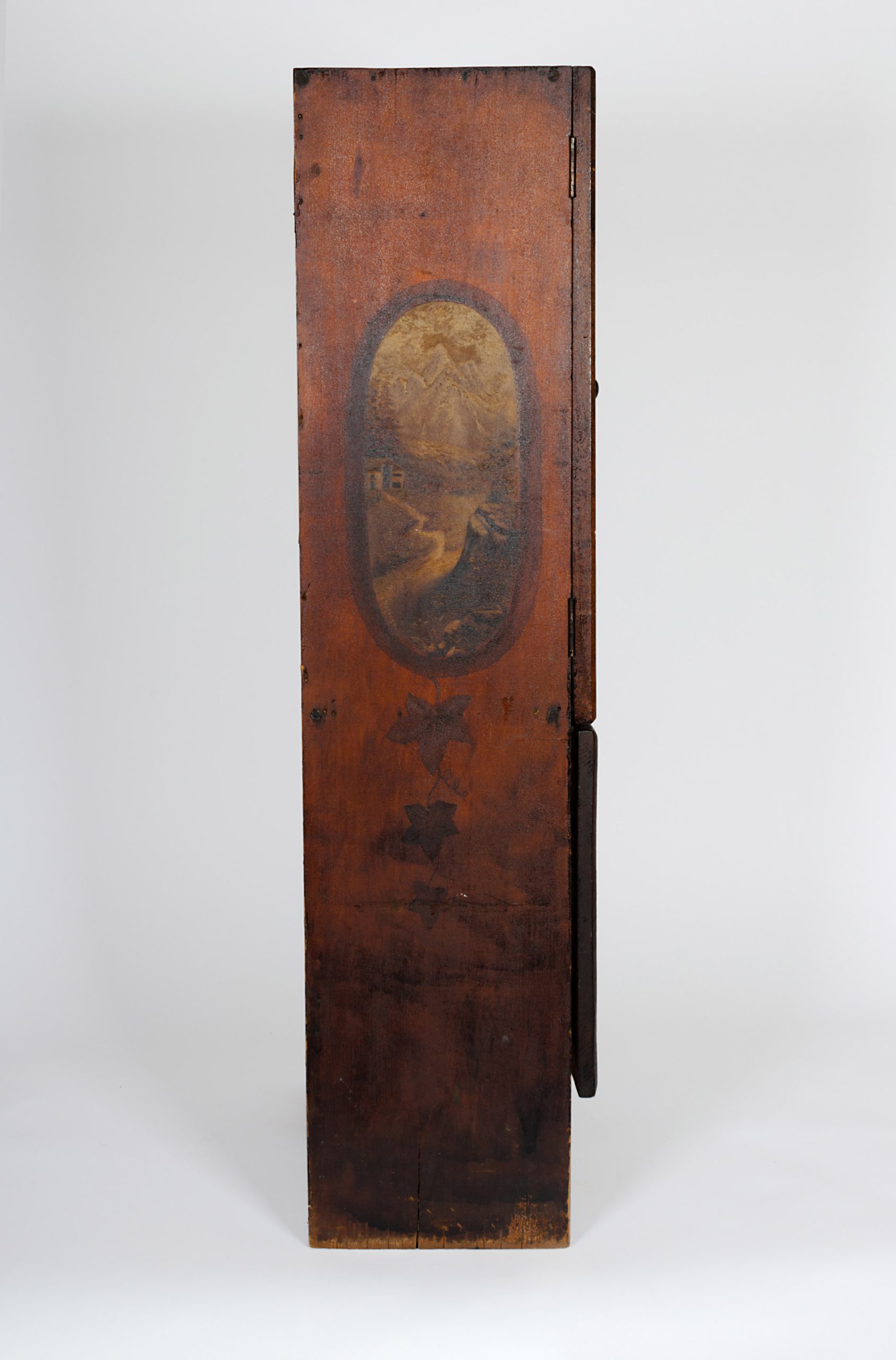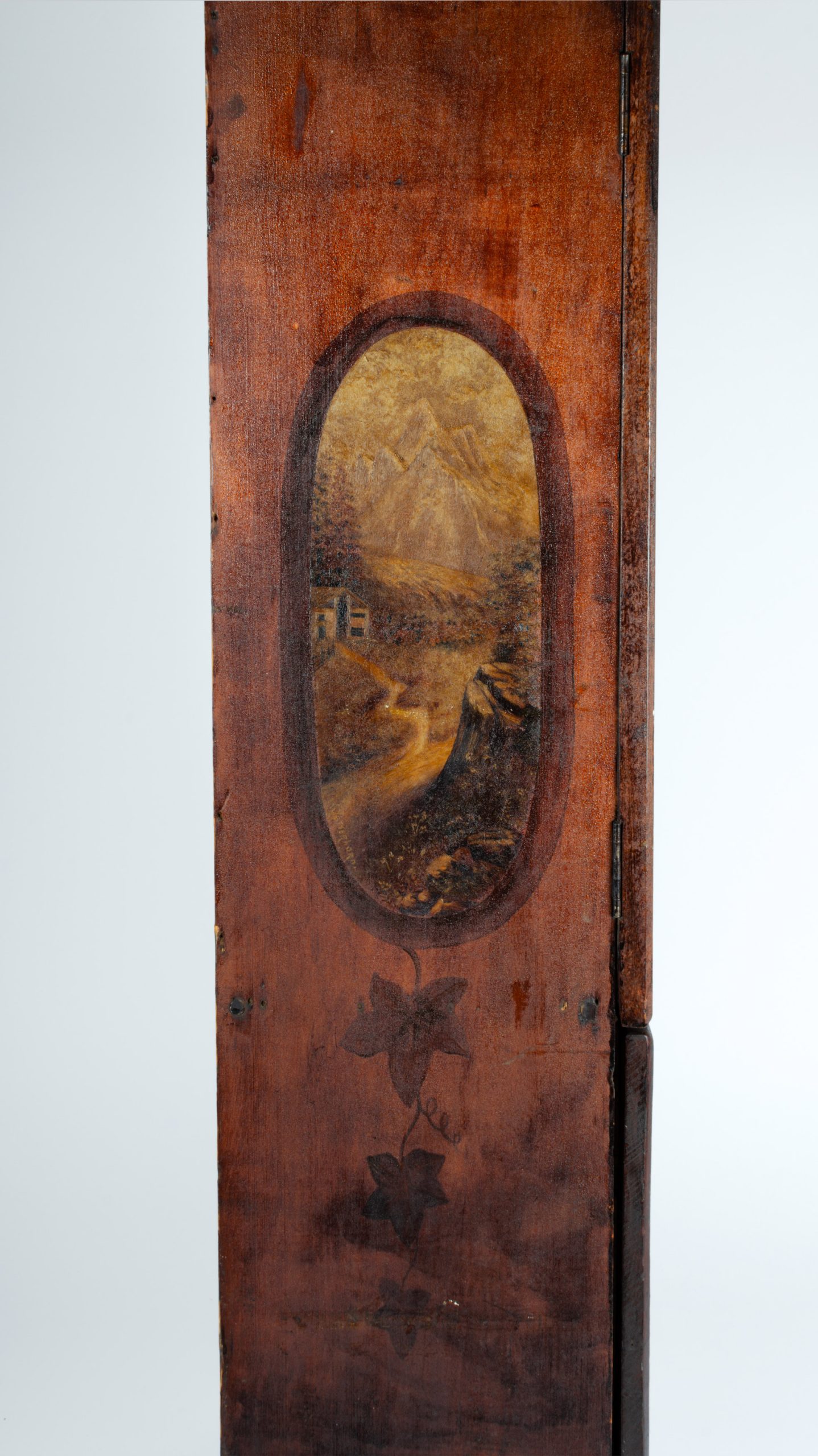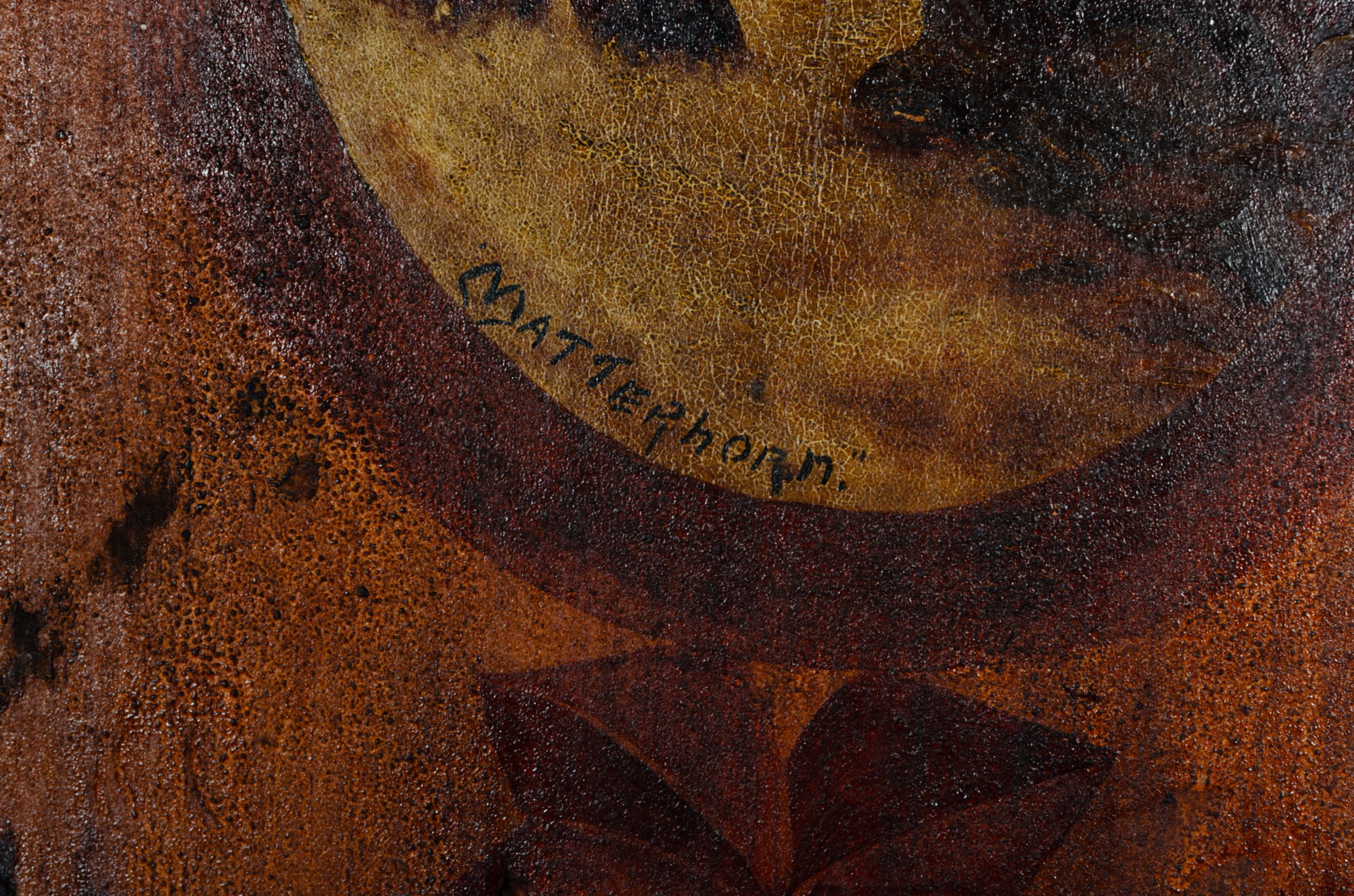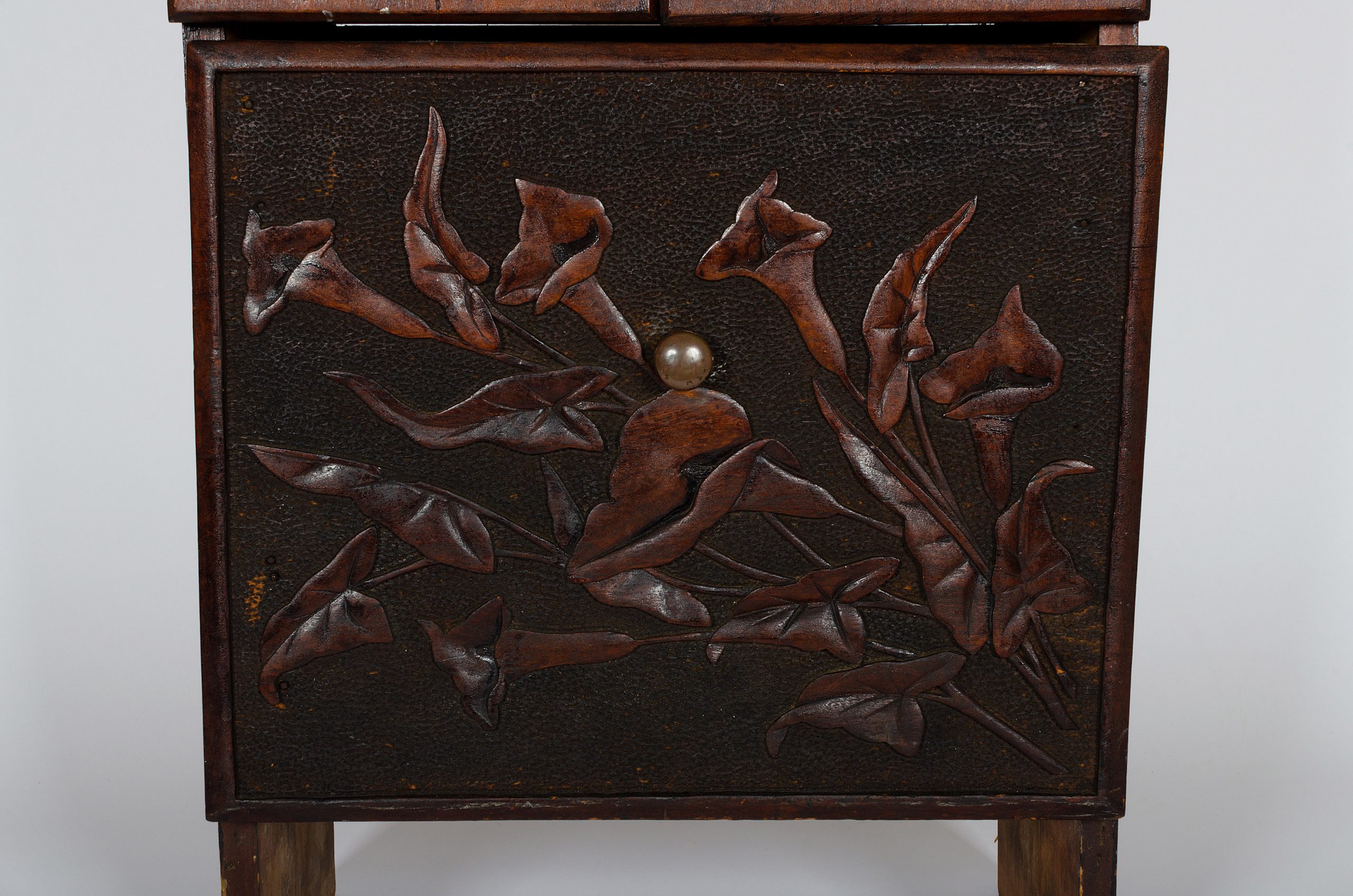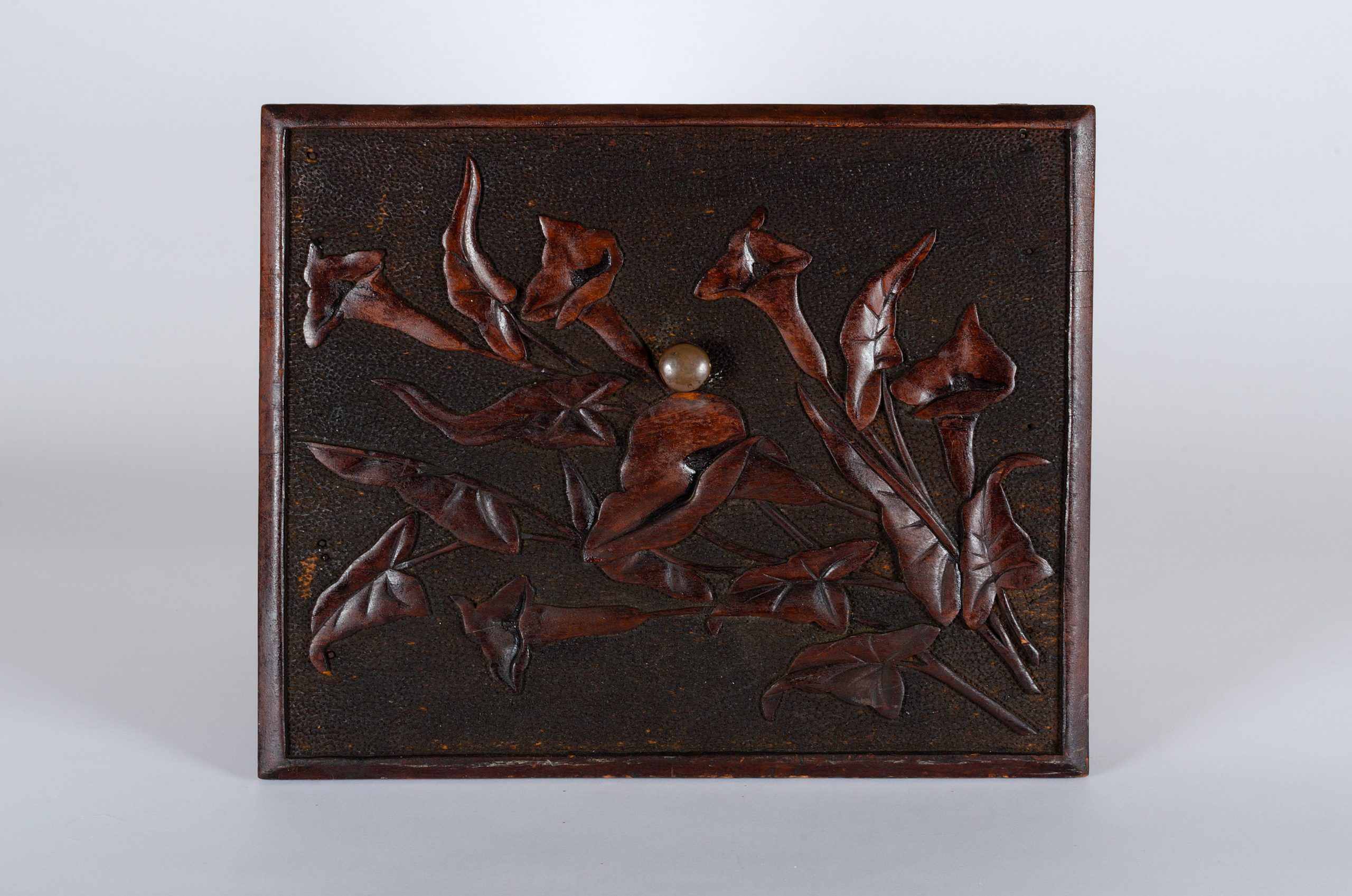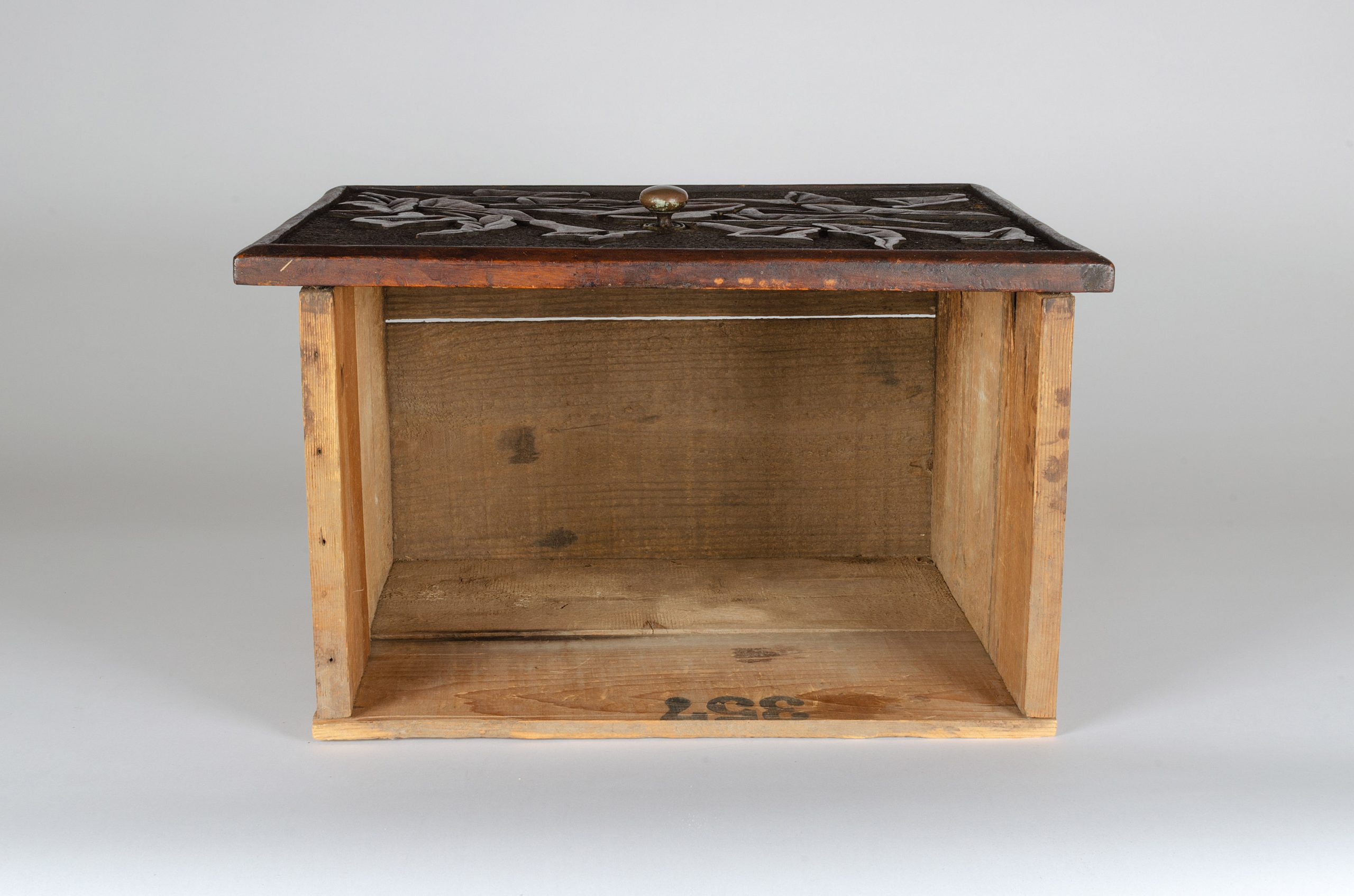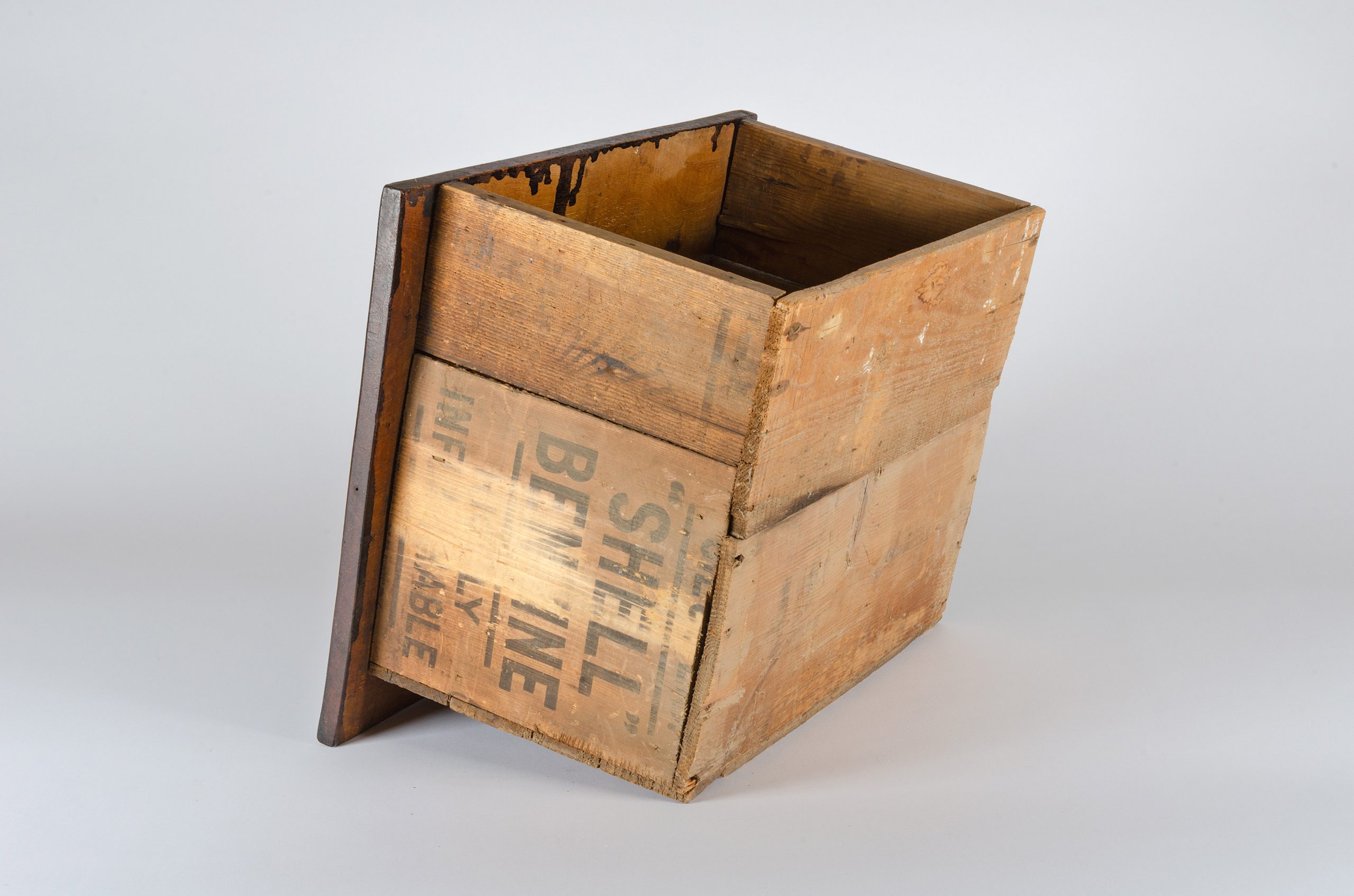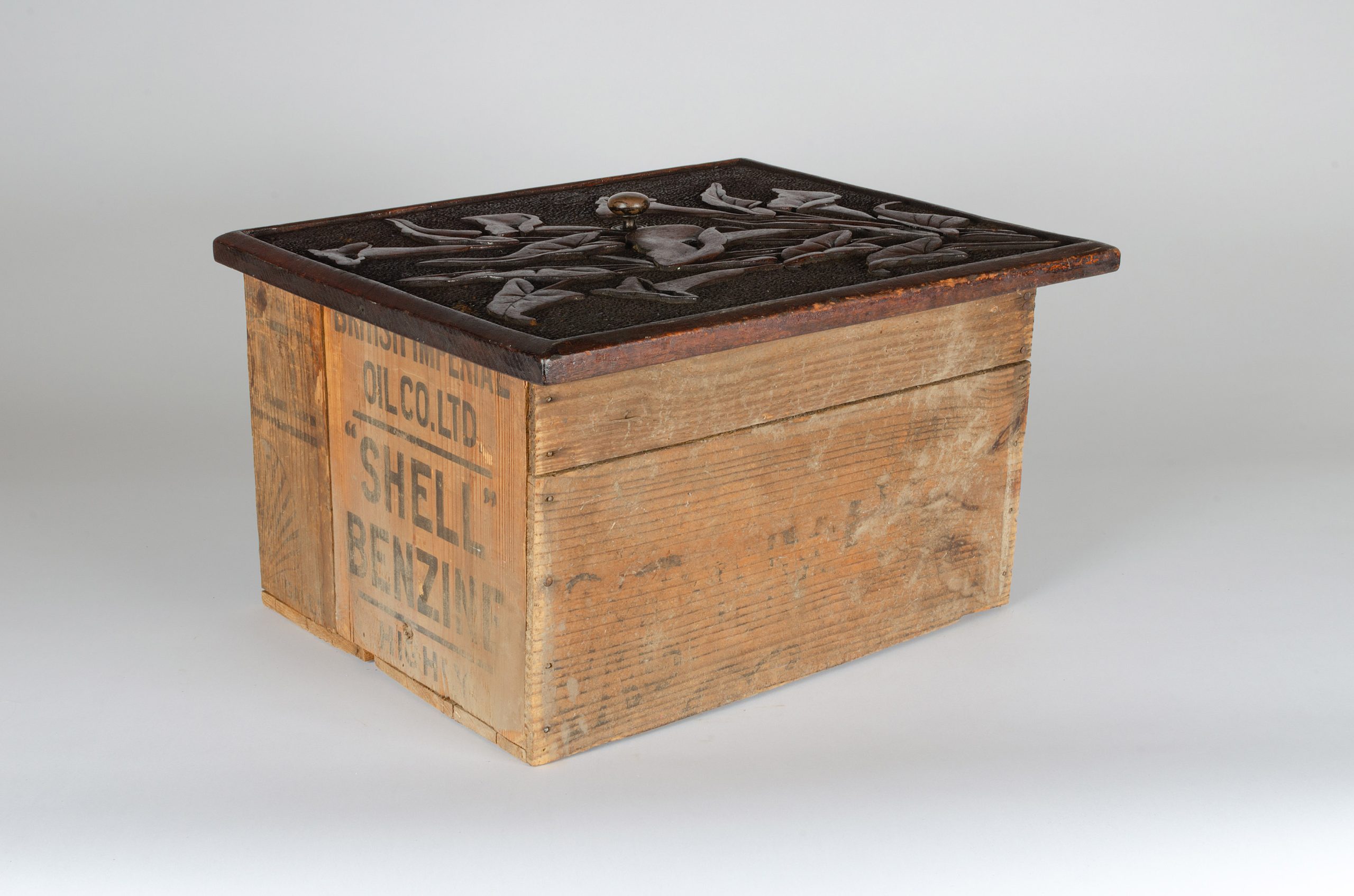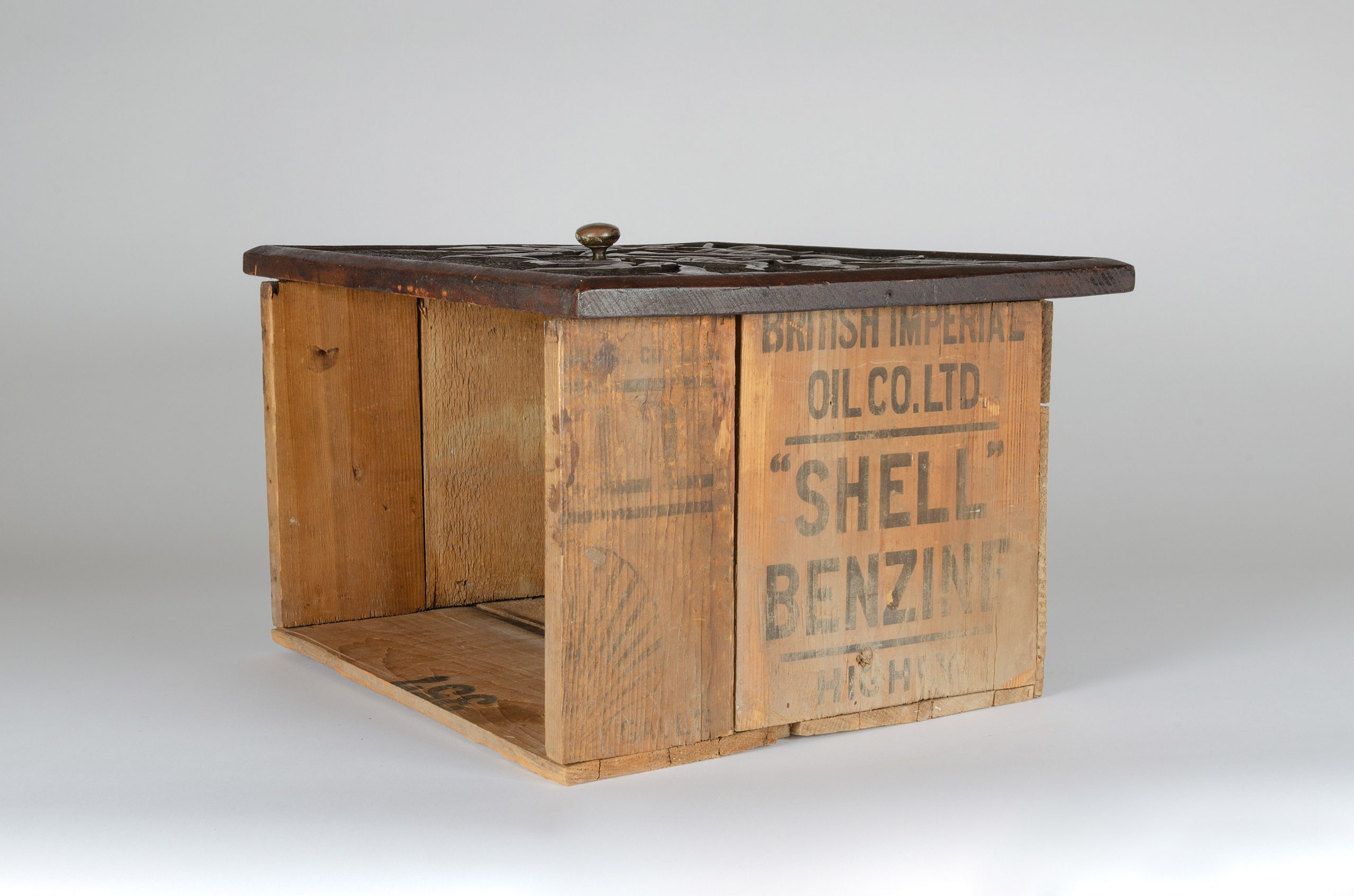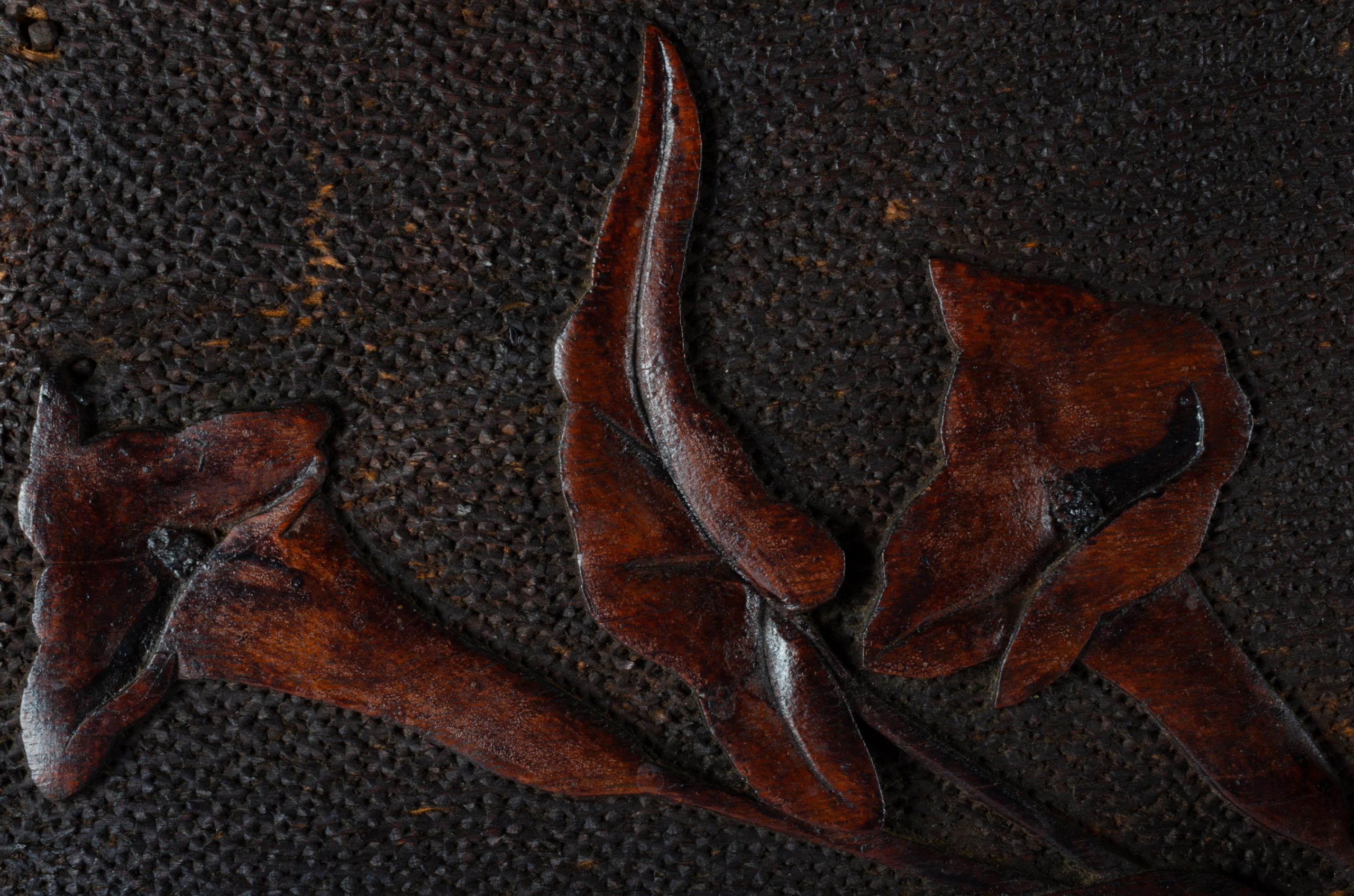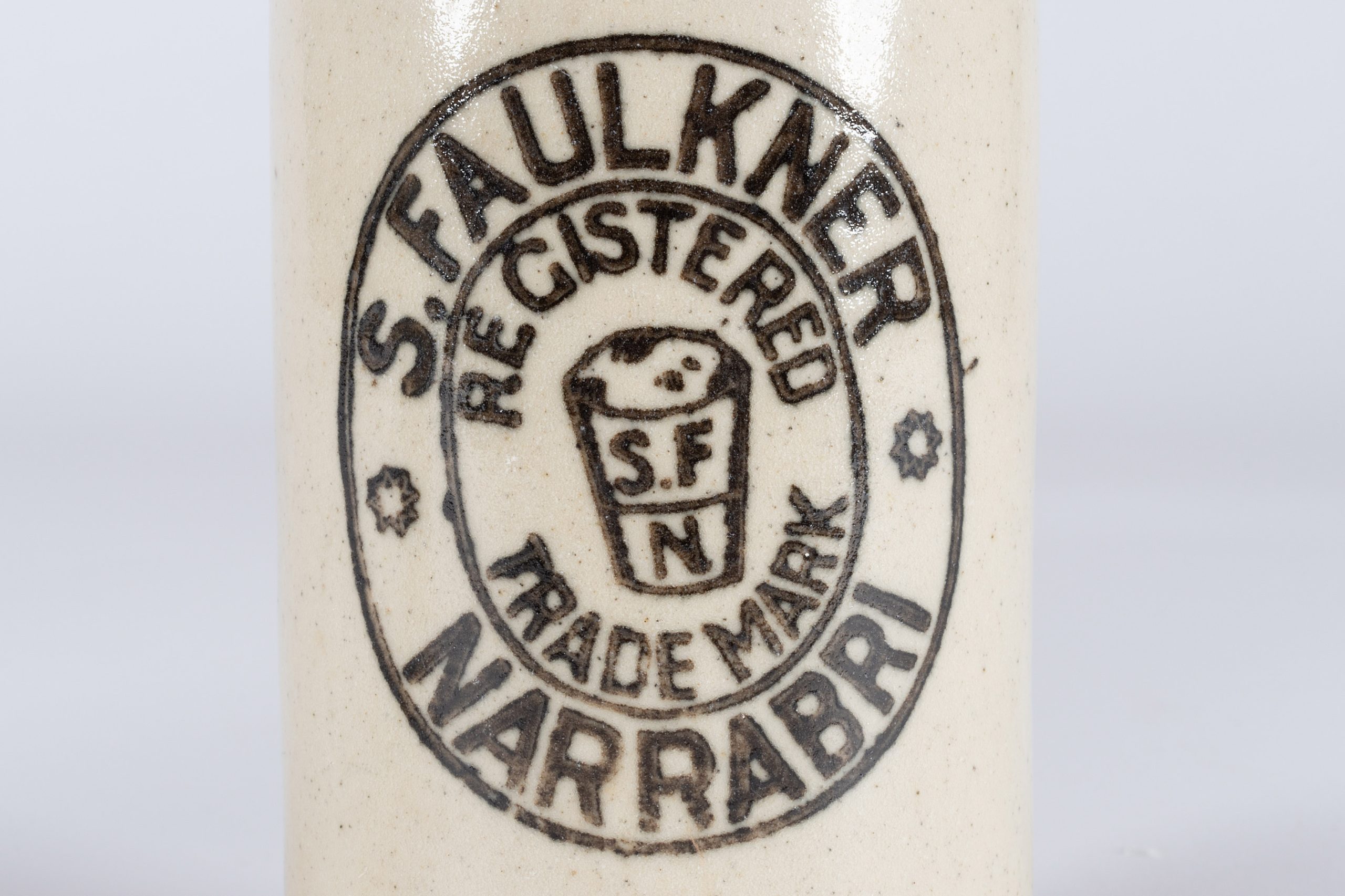Best in Class
Upcycling in the Great Depression
During the 1930s, the Great Depression meant that one in three Australian breadwinners were out of work, and many families struggled to survive. It was during this time that this cabinet was used to store books at a school, as indicated by the typewritten page pasted inside the door which was sent home with pupils just before their summer holidays in December 1931.
Despite their hardships, some generous parents still managed to donate money to the school so hard-working students could be rewarded for their ‘Diligence, Neatness and Progress’ during the year. The ‘best’ students were given a book for their excellent work. Imagine how treasured those books would have been at a time when many people did not have enough to eat.
The cabinet was made a few years before the aforementioned page was sent. The doors are carved with intricate designs of sunflowers and lilies, suggesting the maker was a skilled woodworker. It seems the maker make have felt a connection to Switzerland, as they were passionate enough to paint the Swiss Alps on either side of the cupboard. On one side is one of the highest mountains in the Swiss Alps, the Matterhorn, with its distinctive triangular profile.
During the Great Depression, furniture could not easily be replaced so existing items had to be recycled or repaired. In this cabinet, packing crates were used to make the drawers. The crates had been used for ‘benzine’ (now spelled benzene) made by the British Imperial Oil Company Ltd. Despite the company’s name, it was formed as a joint venture in Australia in 1905. It was renamed as the Shell Company of Australia in 1927.
Benzene is used as an industrial solvent and degreaser. It is highly flammable and was used to manufacture explosives during World War I. Because it has a ‘sweet’ smell, it was also used as an aftershave. However, benzene is now known to be a carcinogen so, unsurprisingly, it is no longer used in skincare products.
Just like the ‘best’ students during the Great Depression, the maker of this cabinet should have been rewarded for their skill and hard work to create such a beautiful and long-lasting piece of furniture from recycled materials.


